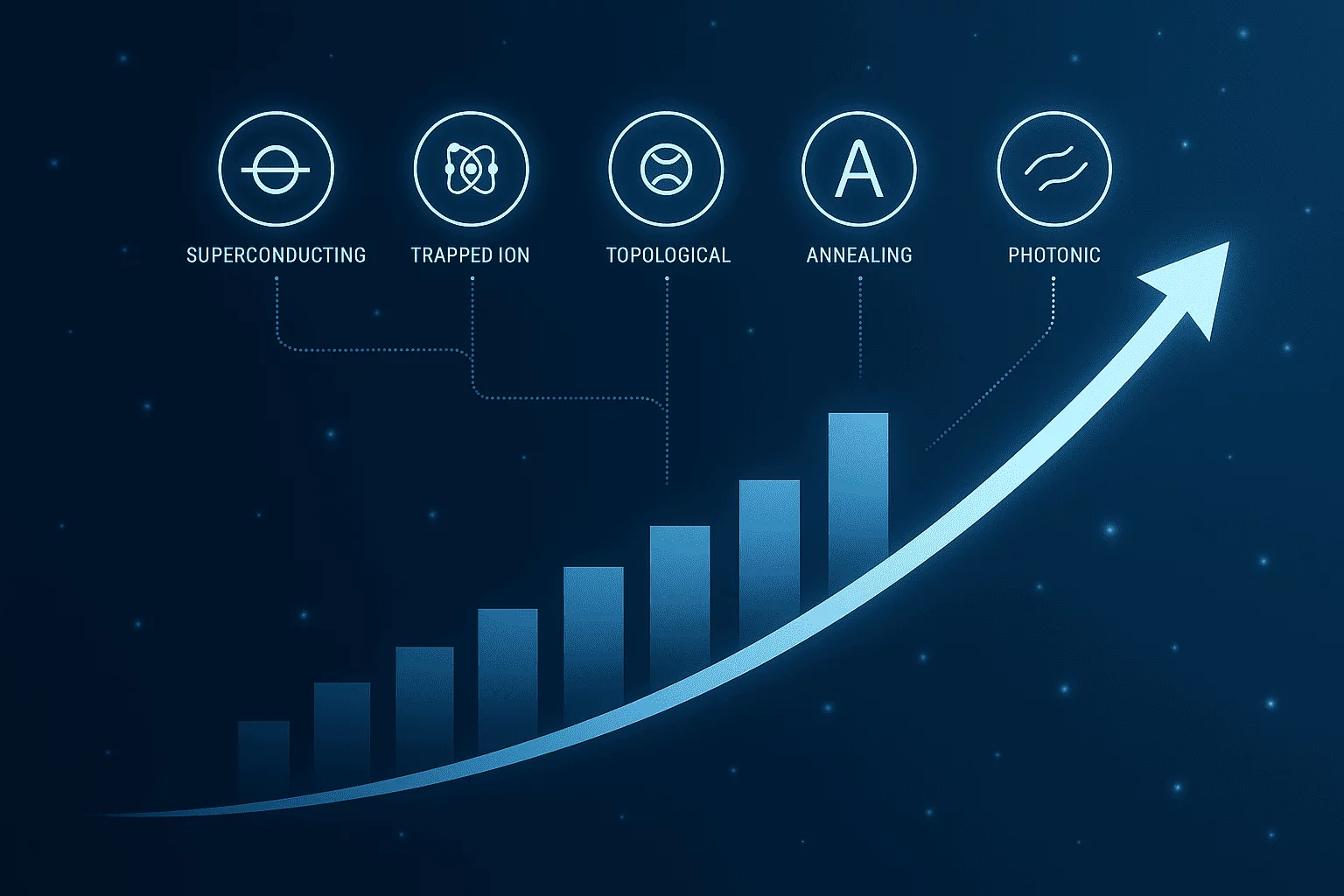A few decades ago, the idea of living on another planet seemed like pure science fiction. But with Elon Musk’s SpaceX revolutionizing rocket technology, that fantasy is edging closer to reality. As plans to send humans to Mars gather speed—with the first crewed missions tentatively expected within the next five years—an even larger vision is taking shape. Explore Elon Musk long-term space vision for human space colonization—from Mars to the moons of Jupiter and beyond. Technologies, timelines, ethics, and the next steps in our cosmic journey.
Musk has repeatedly said that “making life multiplanetary” is not just a lofty goal, but an existential imperative. Mars is the first milestone—not the destination. The real mission? Turning humanity into a spacefaring civilization that thrives across multiple worlds.
This isn’t about vanity or conquest. It’s about survival, expansion, and the unquenchable human drive to explore. From settlements on Mars, to permanent lunar bases, to long-term dreams of reaching the moons of Jupiter and Saturn, and eventually venturing beyond the solar system, Musk’s vision is nothing less than a blueprint for humanity’s next 1,000 years.
In this blog, we go beyond Mars to unpack the full scope of this vision: the technologies that might take us there, the obstacles that remain, the timelines emerging from both SpaceX and global partners, and the moral considerations that will shape space civilization in the decades to come.
Mars: The First Great Leap (2025–2050)
Why Mars?
Mars isn’t the closest planetary body to Earth (the Moon is), nor is it the easiest to reach. But it is uniquely positioned to serve as our first home away from home. With a 24.6-hour day, polar ice caps, and the potential to produce fuel from CO₂ and water, Mars offers just enough resources to attempt self-sufficiency.
SpaceX’s Starship, a fully reusable super heavy-lift vehicle, is the vehicle that will get us there. With development accelerating, Musk plans to send uncrewed missions as early as 2026, followed by the first humans around 2028–2029, and scaling to a city of one million people by 2050.
Beyond Mars: Elon Musk Interplanetary Space Vision
Step 1: Building on the Moon
Before humanity sets up shop on Europa or Titan, we must build our way outward, and that begins with the Moon. As part of NASA’s Artemis program, SpaceX will use Starship as the Human Landing System (HLS) for Moon missions, which are set to begin in the late 2020s.
The Moon will be used for:
- Testing life-support systems and habitat construction
- Launching deep space missions from lower gravity
- Establishing refueling stations for interplanetary craft
- Setting precedents for international cooperation and space law
Musk sees the Moon as a staging ground—a “Spaceport Alpha” for the solar system.
Moons of the Gas Giants: The Distant Dream
If Mars is the warm-up act, then Europa, Enceladus, and Titan are the headliners. These distant moons are incredibly intriguing for scientists and futurists alike due to their:
- Subsurface oceans (Europa, Enceladus)
- Thick atmospheres (Titan)
- Potential for organic chemistry and even microbial life
Colonizing them would require enormous advancements in:
- Radiation shielding (due to Jupiter’s magnetic field)
- Nuclear propulsion or fusion-based drives to reduce transit times
- Autonomous infrastructure deployment before humans arrive
These moons are likely targets for robotic probes in the 2030s and 2040s, with any crewed missions not expected until the 2070s or later.
Interstellar Seeds: The First Glimpses Beyond Our System
Elon Musk space vision doesn’t stop at the solar system. In his 2021 Clubhouse interview and follow-up tweets, Musk spoke hypothetically about sending AI probes or even light-sail ships to nearby star systems like Proxima Centauri.
Though speculative, the concept is gaining traction:
- Breakthrough Starshot aims to use laser-driven sails to send probes to Alpha Centauri within 20–30 years.
- Musk has said such ideas are possible “once we’ve mastered planetary colonization.”
The point is clear: Mars isn’t the finish line—it’s the first checkpoint.
Technological Bottlenecks to Overcome
The dream is immense, but the challenges are equally so:
- Radiation: Long-term exposure on Mars or deep space remains a major health risk.
- Propulsion: Getting to Mars is already tough. Getting to Titan or Proxima Centauri is another magnitude of difficulty.
- Terraforming: Making Mars Earth-like would take centuries, if not millennia.
- Communication: Mars has a 20-minute delay from Earth; farther planets may require local autonomy.
- Governance and Ethics: Who owns Martian land? Who decides on resource rights? What laws will govern space colonies?
All these questions need answers long before we set foot beyond Mars.
The Economic Case for Colonization
Space colonization isn’t just for survival—it could spark massive new economic systems:
- Asteroid mining for rare metals
- Solar energy farms that beam power to Earth
- A space tourism boom
- Interplanetary supply chains, led by innovators in propulsion, robotics, AI, and crypto-backed commerce
As Musk said in 2021:
“A self-sustaining city on Mars would be the beginning of a new branch of human civilization.”
Why It Matters: Civilization, Security, and Soul
Musk’s critics often call his plans naïve or hubristic. But his core argument is grounded in existential risk:
- Earth is vulnerable—to nuclear war, pandemics, AI gone awry, or even asteroid impacts.
- A second, self-sustaining civilization on another planet ensures humanity endures.
More than that, it’s a philosophical leap. Colonizing space rekindles humanity’s spirit of exploration and elevates our shared narrative. It reminds us we’re not just passive inhabitants of Earth—we’re cosmic pioneers.
Conclusion:
Mars may be the most immediate target, but Elon Musk’s vision is nothing less than interplanetary civilization. Through SpaceX, Starship, and an entire new industrial paradigm, Musk aims to seed humanity beyond Earth—not just for adventure, but for survival.
From the Moon to Mars to the moons of gas giants and maybe one day to the stars, the plan unfolds like the next chapter in human evolution. Each mission is a building block in a larger blueprint, one designed to lift humanity from the gravity of limitation.
As global procurement and development strategist Mattias Knutsson observes:
“What SpaceX is building is more than rockets. It’s the architecture of trust and supply chain resilience at the planetary level. Once we scale to Mars, the same models will scale outward. The first colony may be the prototype. The second will be the playbook.”
In the end, Musk’s dream isn’t just about leaving Earth—it’s about expanding humanity’s footprint, forging a civilization as vast and bold as the universe we call home.
So, is Mars the end? Hardly. It’s just where the story gets interesting.





